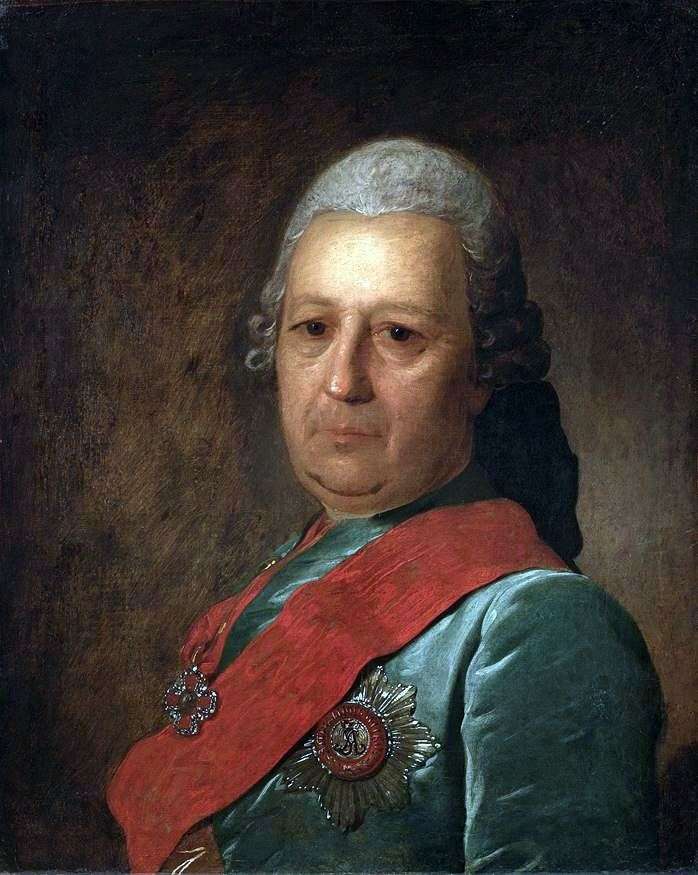
The realism and concreteness of the characteristics, as well as the virtuosity of the painting manner, are also inherent in the portrait of a talented diplomat A. I. Obreskova. His image, built on the contrast of a swollen, jaundiced face and bright penetrating eyes, is a model of inner composure and discipline, striking by its “foundness” and expressiveness of the image. Obreskov, Alexey Mikhailovich – an outstanding Russian diplomat. He studied in the gentry case.
Serving at the embassy in Constantinople, he mastered the local conditions, studied Turkish and Greek, performed difficult diplomatic assignments, sometimes showing great courage. In 1751 he was appointed to Constantinople attorney for cases, then was a resident in the same place.
His main goal was to achieve the conclusion of a treatise on which Russia would receive the right of complete freedom of trade in the waters of the Black Sea, as well as the right of intercession for Christians of the Balkan Peninsula. This activity of Obreskov, who prepared the successes of Russia in the era of Kuchuk-Kaynardzhsky world, made Obreskov’s position very difficult, created enemies for him in the person of Prussia, Austria and Poland and provoked anger against him, expressed in cruel measures taken towards him and the entire Russian embassy.
When the war with Russia began in 1768, Obreskov with others was put in the dungeon of the Yedikulsky castle and only later transferred to more tolerable conditions. From the conclusion he corresponded with Panin and gave a number of valuable advice to the government. Released in 1771, he participated in the Focsani and Bucharest Congresses, but did not manage to arrive at Kuchuk-Kainarji. After concluding the peace of the Undercuts, he served in the College of Foreign Affairs.
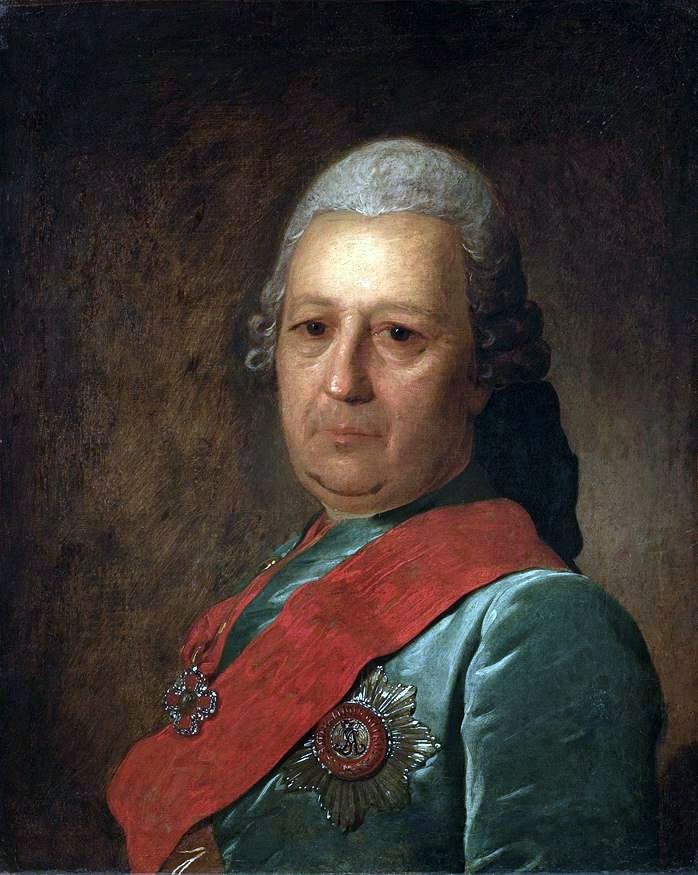 Portrait de A. M. Obreskov – Fedor Rokotov
Portrait de A. M. Obreskov – Fedor Rokotov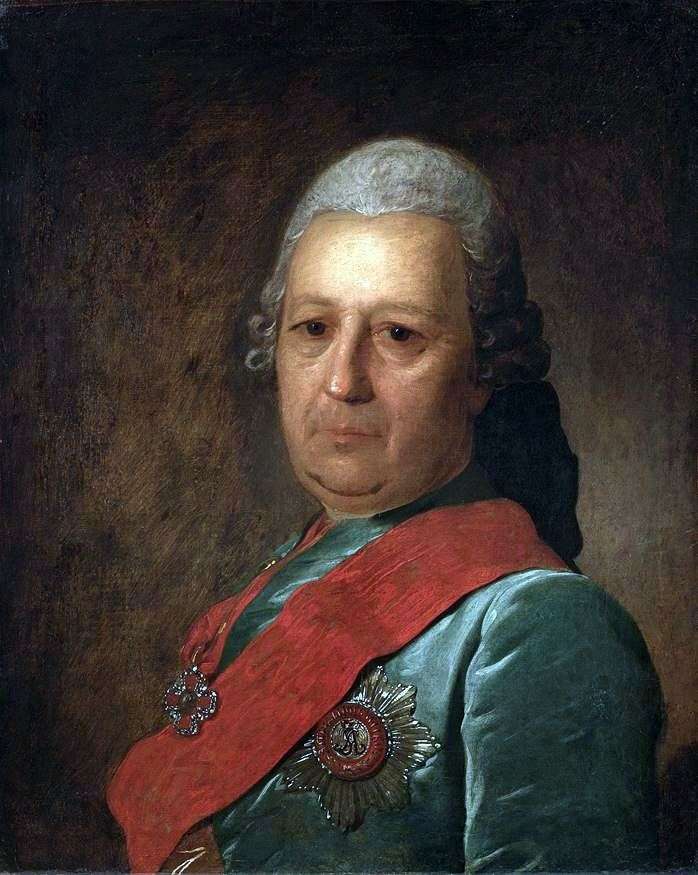 Retrato de A. M. Obreskov – Fedor Rokotov
Retrato de A. M. Obreskov – Fedor Rokotov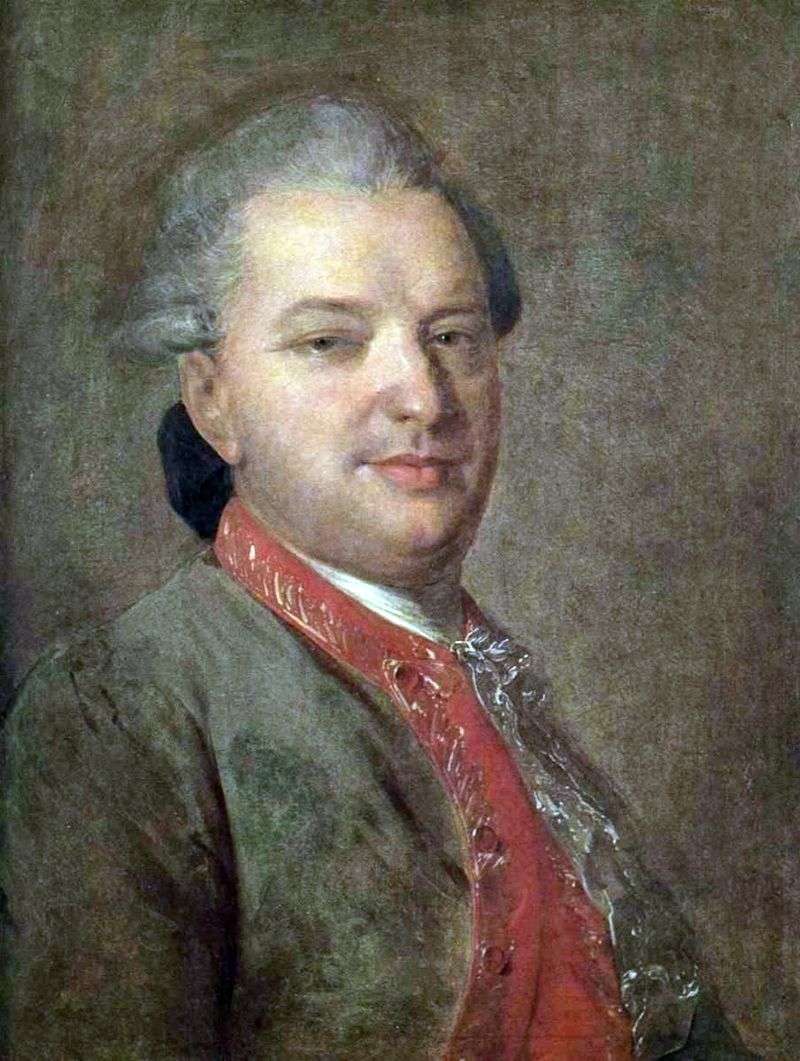 Portrait of the poet Vasily Ivanovich Maikov by Fedor Rokotov
Portrait of the poet Vasily Ivanovich Maikov by Fedor Rokotov Portrait of Peter Fedorovich, in the future of Peter IIIg by Fedor Rokotov
Portrait of Peter Fedorovich, in the future of Peter IIIg by Fedor Rokotov Portrait of Varvara Nikolaevna Surovtseva by Fedor Rokotov
Portrait of Varvara Nikolaevna Surovtseva by Fedor Rokotov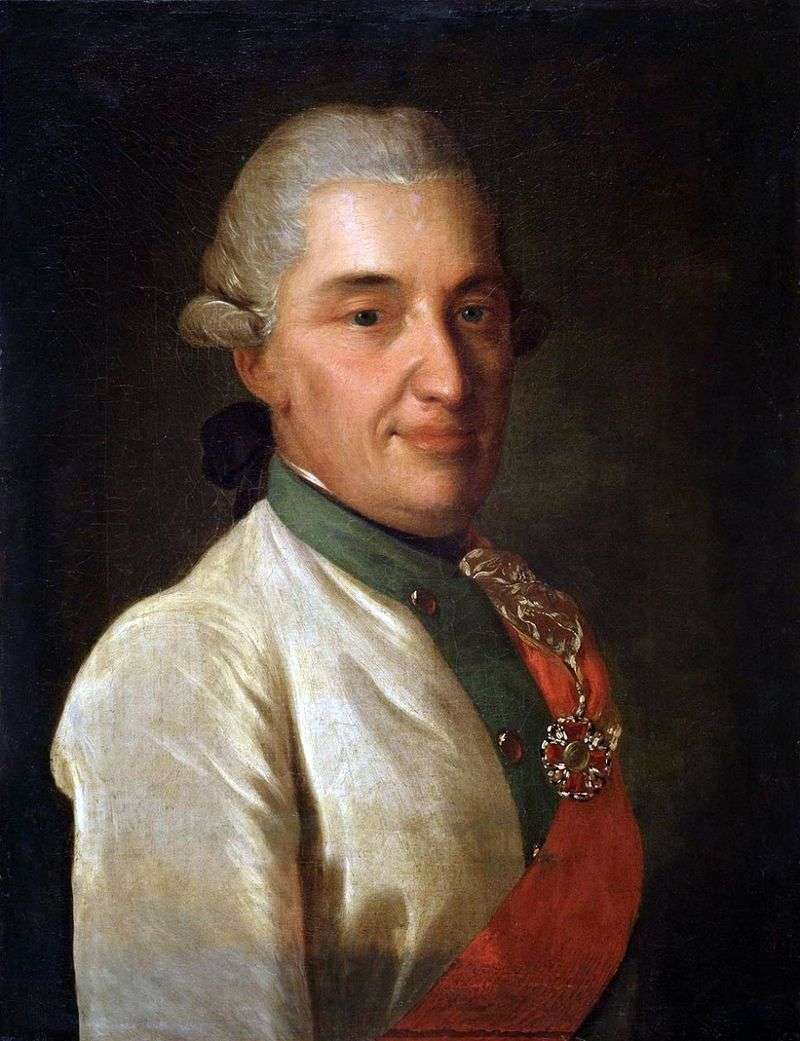 Portrait of D. N. Senyavin by Fedor Rokotov
Portrait of D. N. Senyavin by Fedor Rokotov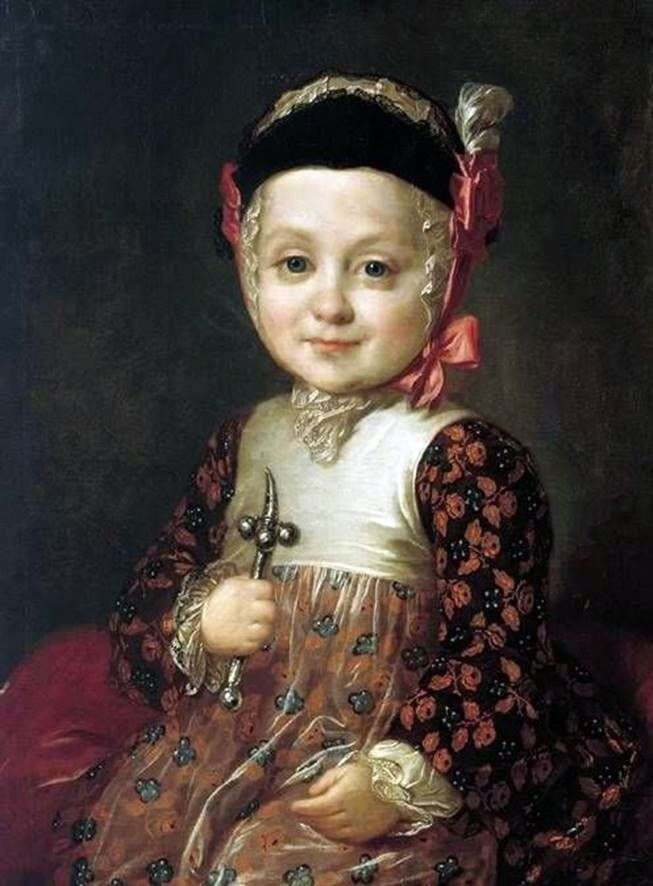 Portrait of A. G. Bobrinsky in childhood by Fedor Rokotov
Portrait of A. G. Bobrinsky in childhood by Fedor Rokotov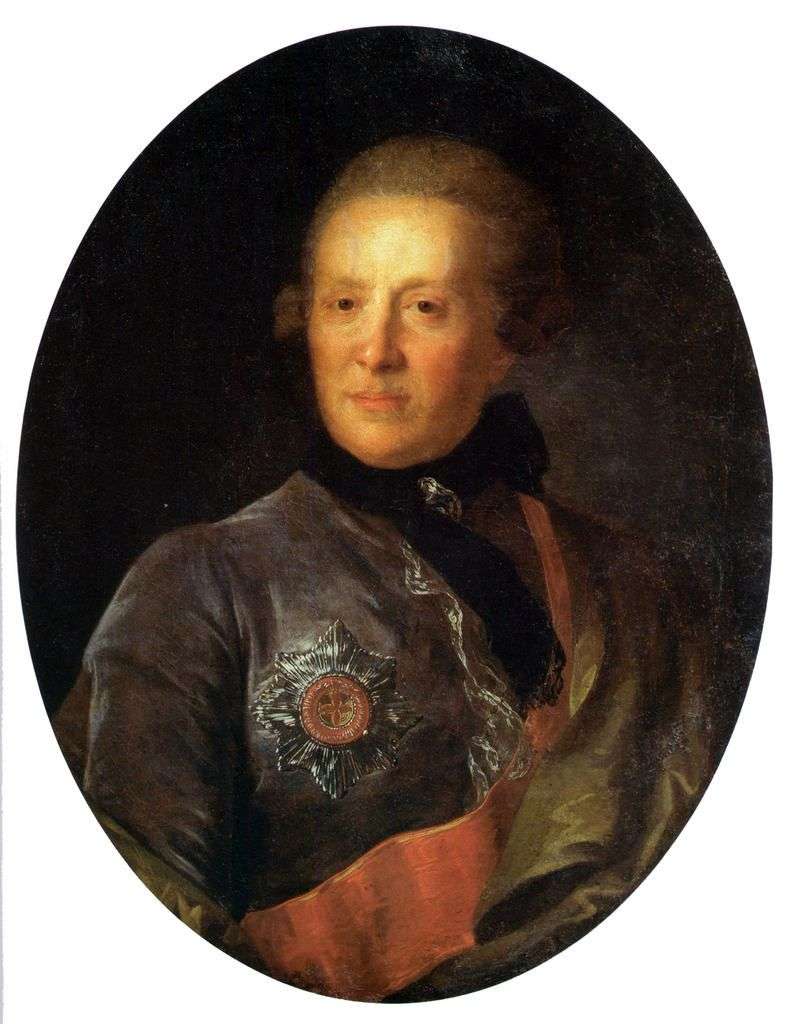 Portrait of A. P. Sumarokov by Fedor Rokotov
Portrait of A. P. Sumarokov by Fedor Rokotov